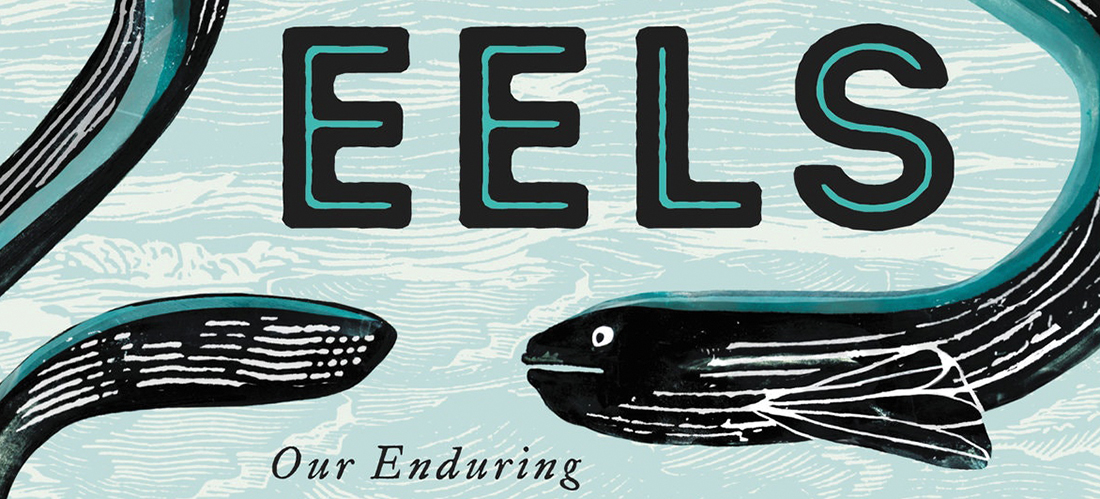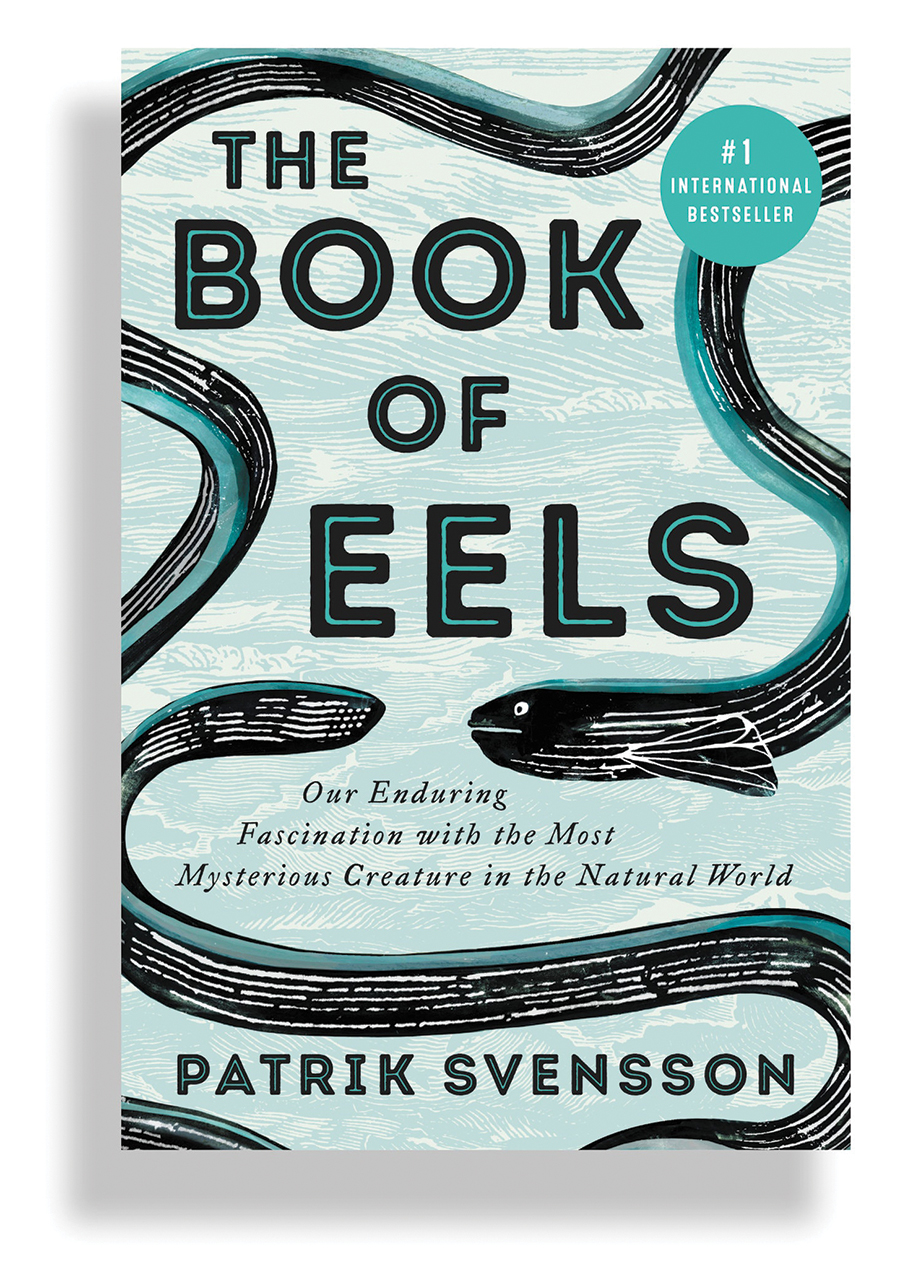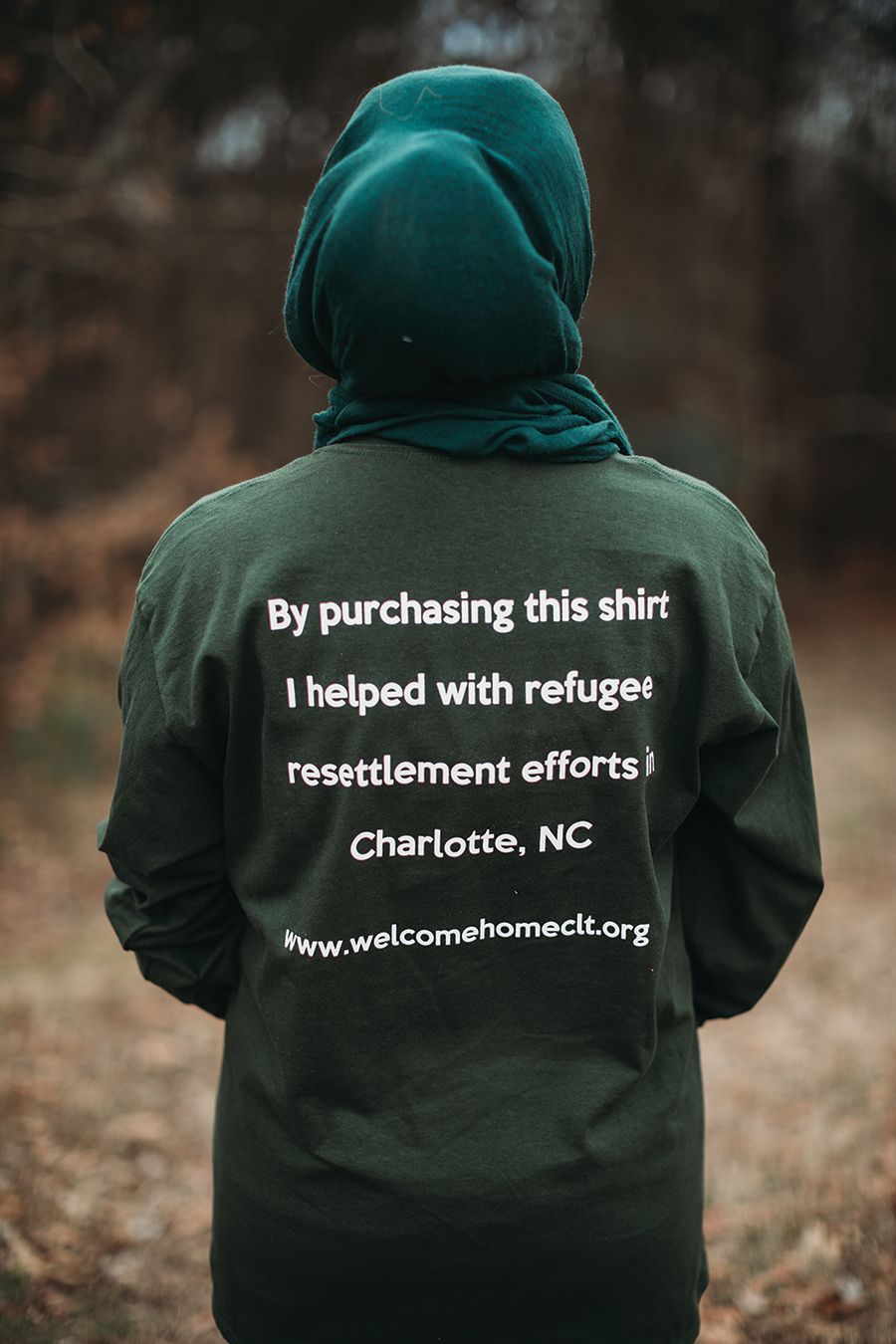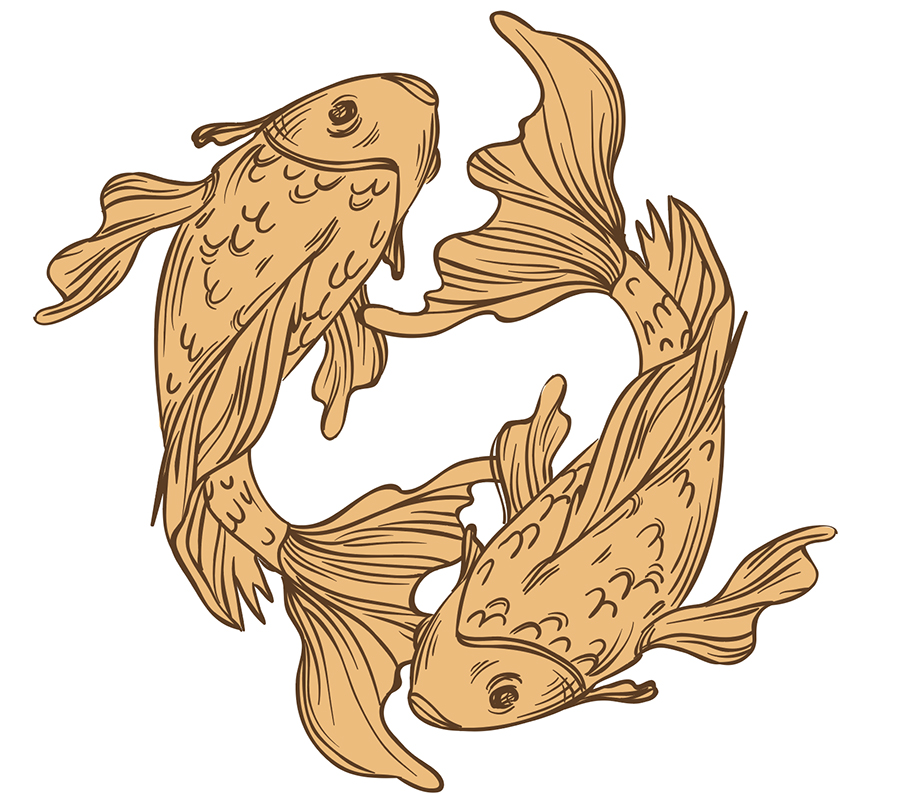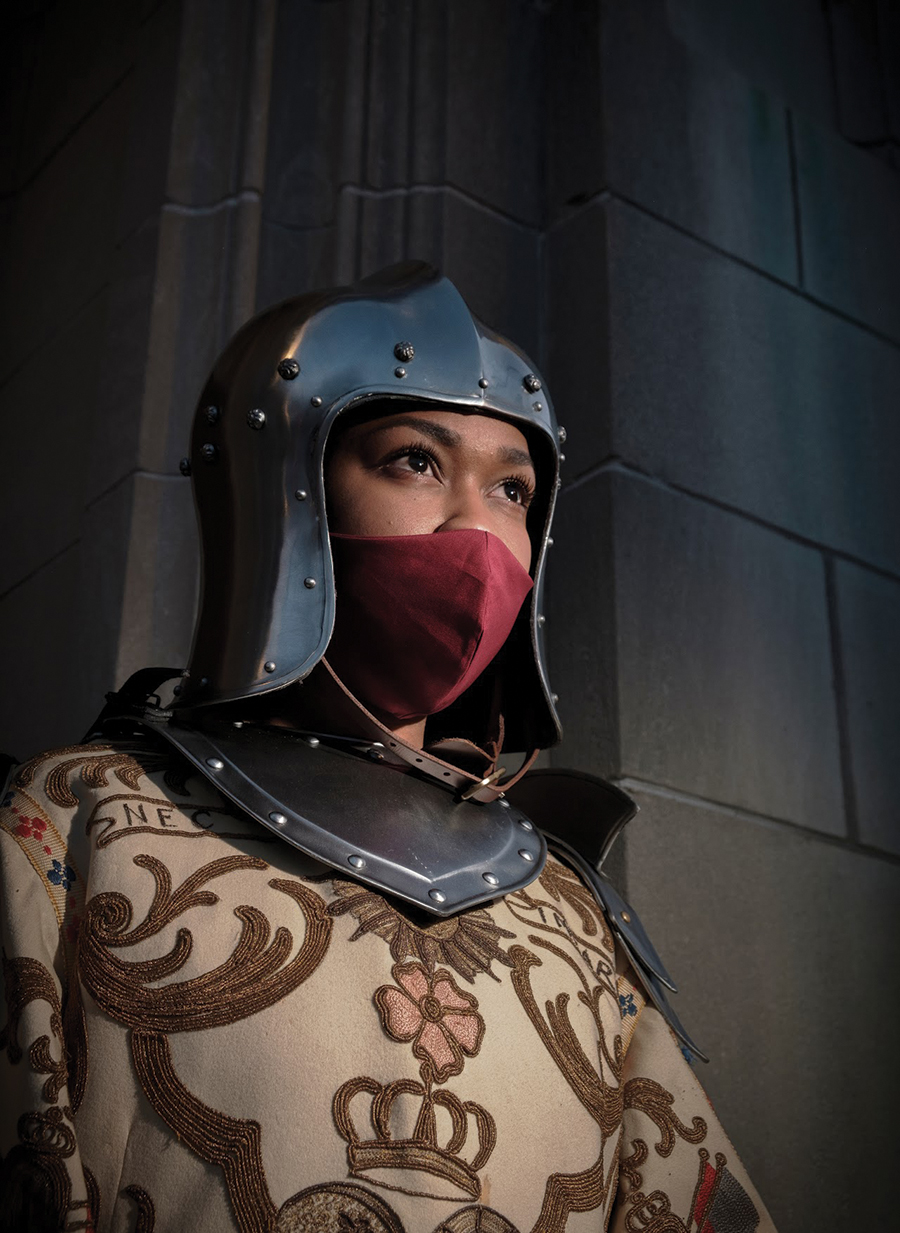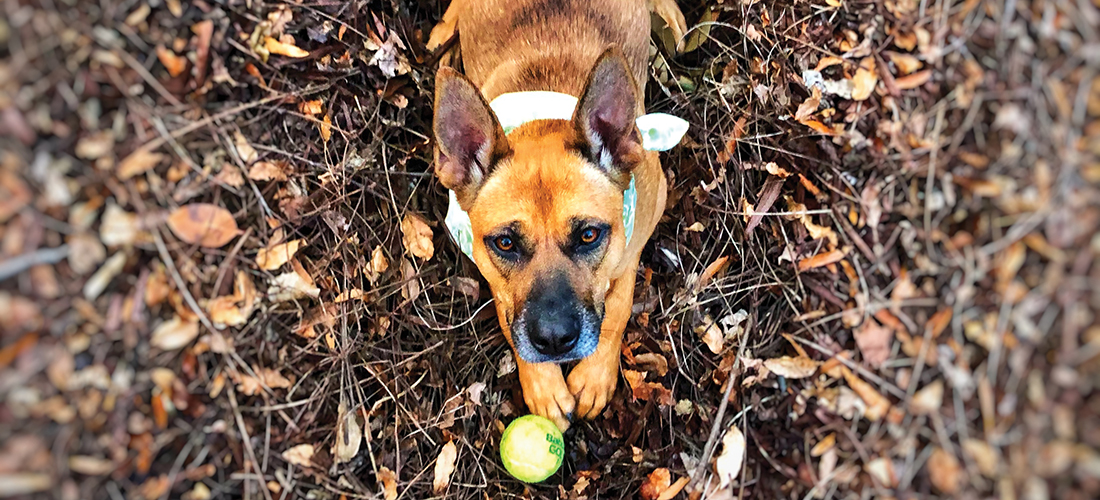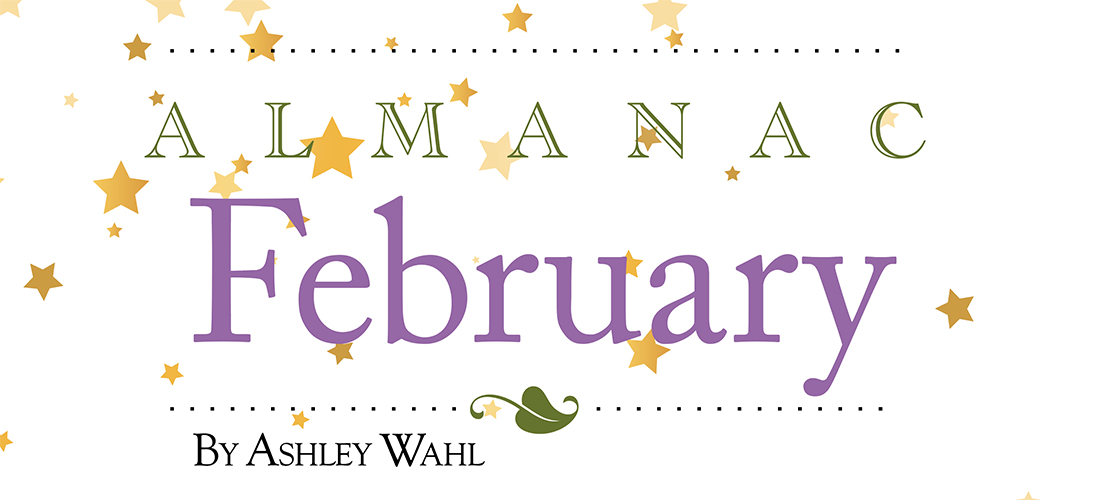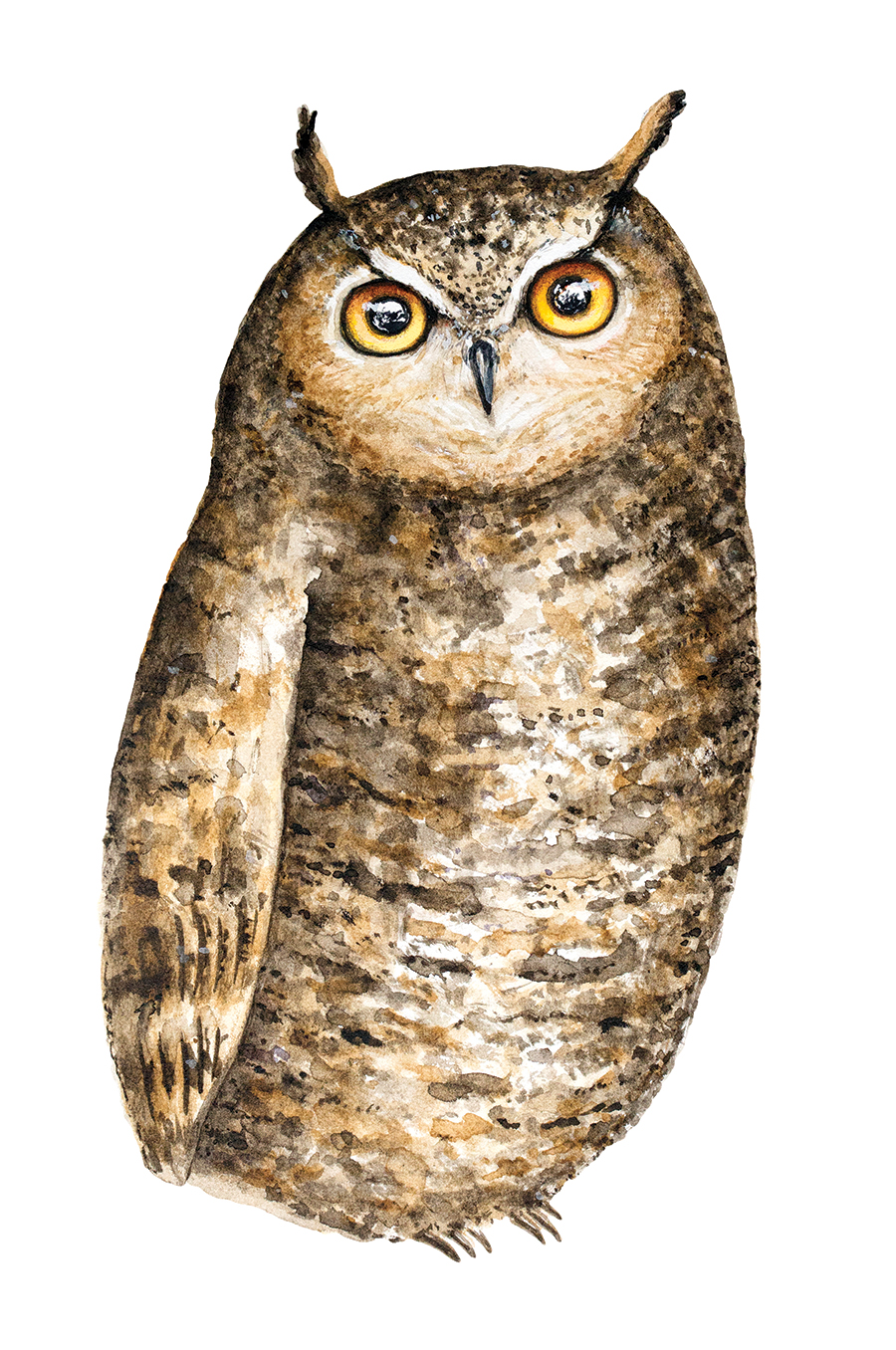Home by Design
Elbow Grease
Because the heart wants what the heart wants
By Cynthia Adams
Closing our eyes to our termite-riddled garage and a looming bathroom tear-out, we snuggled down by the telly, cuddling our dogs, and watched Escape to the Chateau.
It is an ironic choice of escape from our to-do list.
The series offers comforting perspective from years of projects in our (almost) century-old home. These two do-it-yourselfers beavering away on an ancient, shuttered, abandoned chateau lend perspective to the months of sweat equity we poured into our own relatively modest abode.
This BBC program follows Dick and Angel Strawbridge, a British couple who bought a glorious French “pile” in 2015.
Pile is Brit-speak for a very large house. But the French call this a chateau. Larger than Sleeping Beauty
’s Castle (albeit smaller than the Biltmore), the couple’ ’s picturesque 19th century Château de la Motte-Husson is near the quaint village of Martigné-sur-Mayenne. They bought it for what they might pay for an unremarkable two-bedroom flat back in London: £280,000 pounds ($384,000) — a steal.
With 45 rooms, twin turrets, an actual moat and walled garden — all poetically set upon 12 acres of pristine countryside — it is a thing of singular beauty.
But one problem: this veddy beautiful chateau is in ruins.
No running water, heat or electricity. And after the purchase, the Strawbridges are left with an impossibly small budget for the kind of home improvements this pile will require.
Yet the couple dauntlessly ascribes to the motto “you eat an elephant one bite at a time” and rolls up their sleeves.
The Mister, 59, laughs like Santa and has the belly to match.
Meanwhile, the flamboyant and romantically inclined Missus, 40, twists strawberry-red hair into vintage curls and has a passion for red lipstick, arched brows, a hot glue gun, sewing, crafting and decoupage.
They are dauntless, energetic, cart-before-the-horse types — we were stunned by what they did with this moldering and long-abandoned property in just one season.
Years ago, I fell under the spell of an unusual Lindley Park home. It qualified as a “stockbroker Tudor” given that to afford its steeply pitched rooflines, many gables, brick and stucco features decorated with handsome half-timbers required a stockbroker’s bank account. As is unfortunately true of Tudors, the interiors were sunless. If the kitchen is the soul of a house, this one’s was dark.
The property was in a state of beautiful disarray that suggested its former splendor.
And I desperately wanted it.
Let’s just say, I should have a reality show titled, The Masochistic Homeowner: The Early Years.
One of the Tudor’s strangest interior details was a renovation gone wrong, so wrong you had to crawl out of an upstairs window and walk across a flat roof in order to access a room addition carved from an adjacent garage attic.
Whereas a smarter person would have viewed that matter alone as a deal breaker, I tried to figure out how to solve this dilemma, sleeplessly fantasizing about owning this home with a beautiful arbor and quirks. Which is why I so relate to Angel Strawbridge — sans her luridly done hair and turban.
When the Tudor’s home inspection report arrived, it, like the dour Strawbridge’s chateau analysis, filled a binder.
Leaking roof; problematic stucco; electrical and plumbing issues; even a terrifying problem with the fireplace and chimney.
If it wasn’t leaking, it was crumbling. If it wasn’t crumbling, it soon would.
I wanted it.
It took my practical partner to pry my fingers from the binder. My teary-eyed entreaties did not budge my engineer husband from NO to MAYBE.
Did I mention that Angel Strawbridge is an enchantress, 19 years younger than Dick?
Had she wanted my decaying Tudor pile, her besotted husband would have laughed nervously and followed her lead like a spellbound adolescent.
That is not my husband.
We did not make a counteroffer on the Tudor.
Which, by the way, sold anyway.
We found another house. One that had many issues that the inspection did not uncover, and which took all of our savings to salvage. It is the house we now live in and love.
This 1929 house renovation followed on the heels of a 1911 reno that was even harder and costlier. Yet, somehow, my husband was as taken as I was by its quietly stoic beauty including its thick windowsills, French doors, beautiful light and park view.
We both fell under its spell, even as we toiled.
It was possible to bribe my husband into nightly work after our day jobs. He would plaster and paint; I would pick up pizza and bags of Twix bars before joining him. (If we carb-loaded, we could work till midnight, then do it all over again the next day.)
Like the Strawbridges, we undertook most of the work ourselves.
When the initial cosmetics were done, there was something . . . some indefinable something. As if the house warmly responded to our months of labor. It became a joy to step inside.
One day, my husband mused, “the house is smiling.” It liked being rescued from neglect; it reflected back to us the ministrations, the love.
No doubt, too, that Angel believes their French chateau is smiling at them having been liberated from decades of grime and neglect.
She is most definitely right. OH
We agree that O.Henry’s contributing editor Cynthia Adams should indeed have her own reality show. Go ahead and add The Masochistic Homeowner to your future Watch List.
Photograph courtesy of Marie Marry Me



